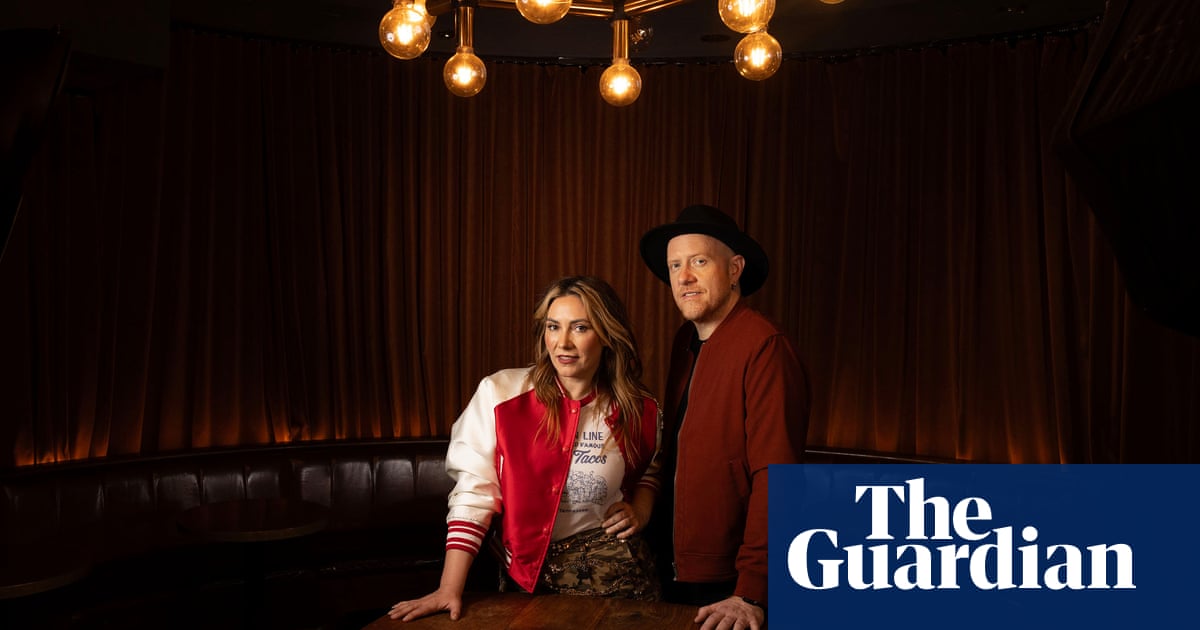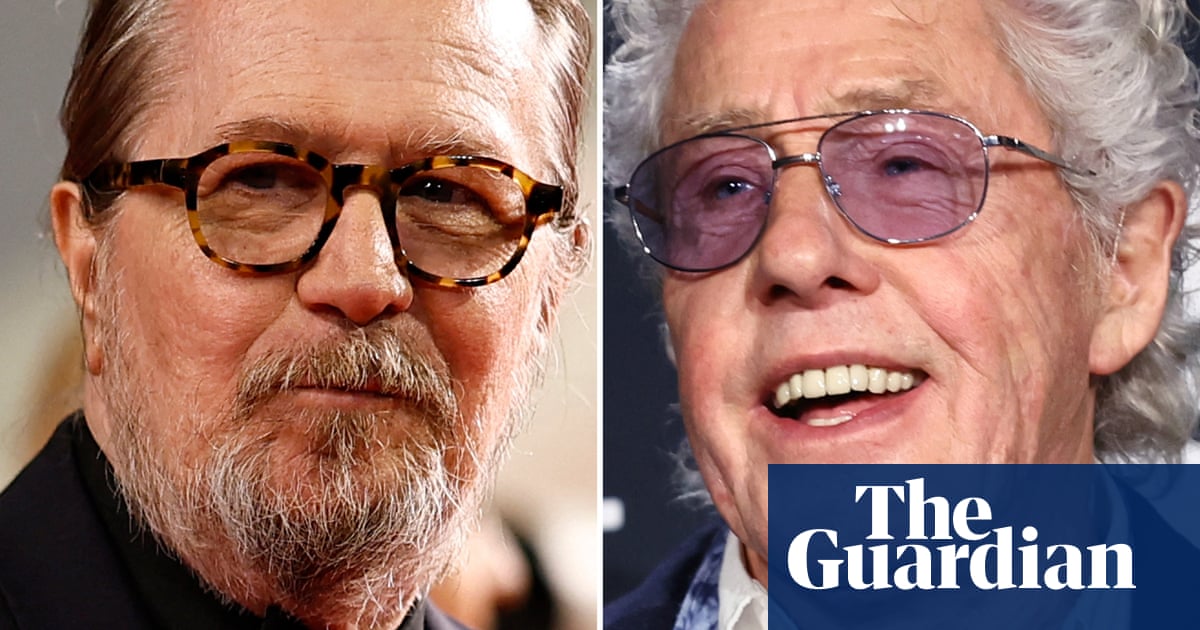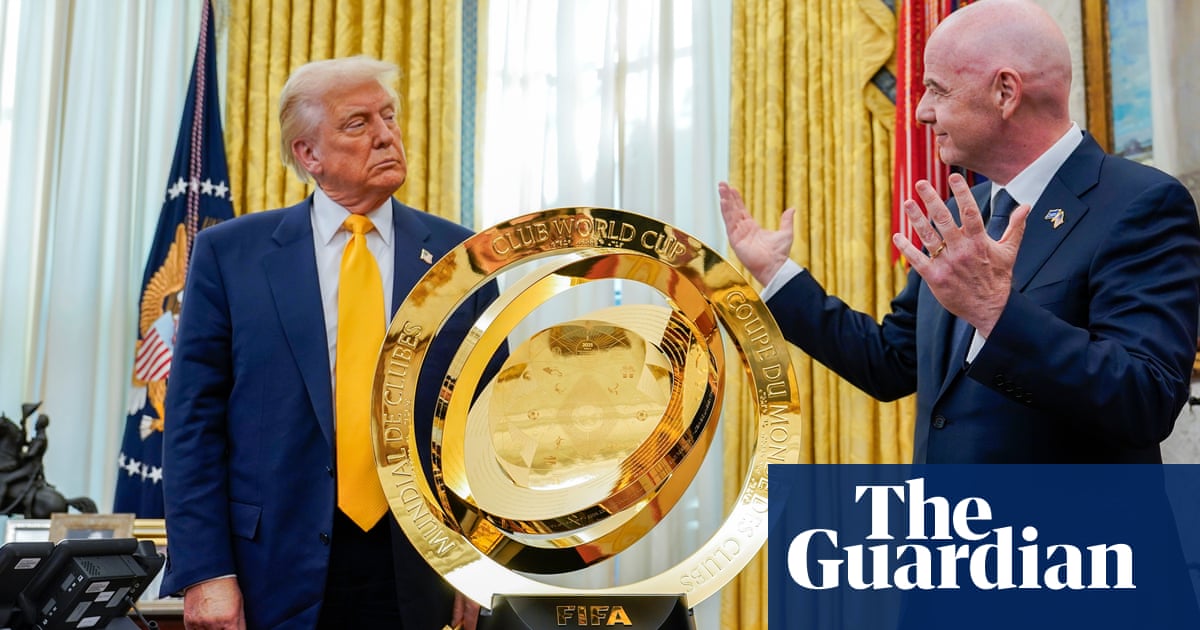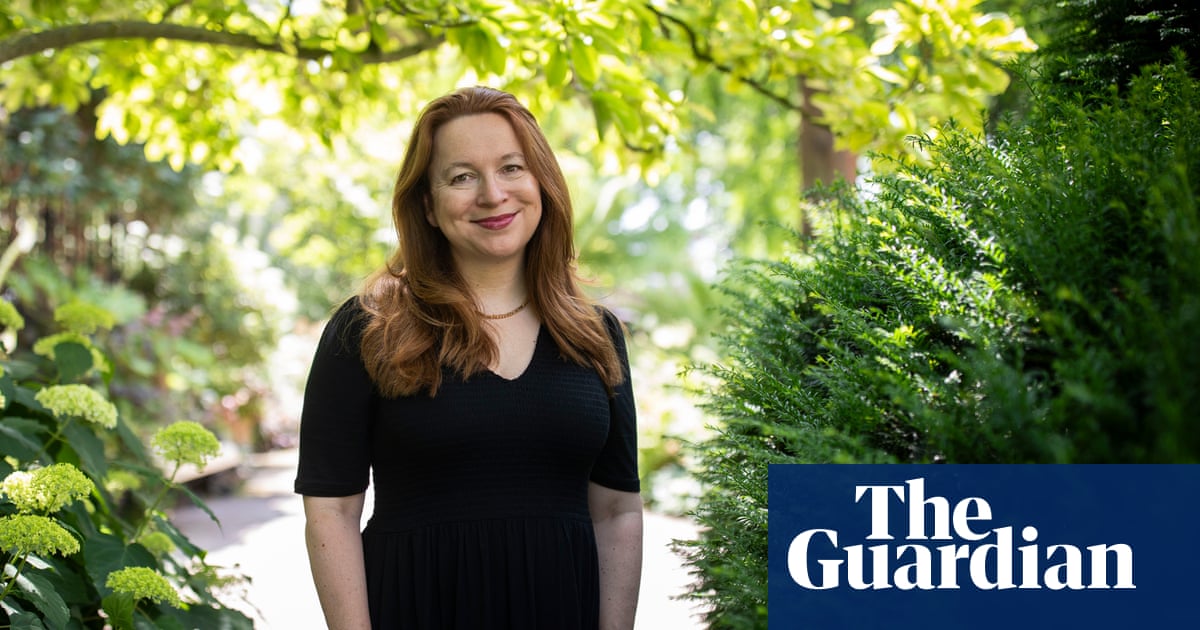Last year in early summer, Alex Glasgow could be seen hauling up a long string of orangey-black seaweed on to the barge of his water farm, located off the west coast of Scotland near Skye. Growing on the farm was what Glasgow described as “perhaps the quickest-growing biomass on the planet”: seaweed.
The weed from Glasgow’s farm, KelpCrofters, is used in everything from soil fertiliser to artisanal soaps to glass-making and is part of a burgeoning industry – not just in Scotland, but around the world.
Some of the seaweed from that haul last summer, however, had a very particular purpose. It was made into ink to be used by 16 artists in a forthcoming exhibition that will raise money for WWF’s ocean conservation projects. The Guardian spoke to five of them to find out how they got on.
Antony Gormley: ‘The ink was like plough mud’

When I am in the embrace of seawater, I feel most alive and most at home. I spent the summers of my youth by and in the sea, and I regard all the elements as my closest relations.

We have treated the sea in a similar way to the outreaches of our atmosphere – both are out of immediate sight, and we use them to hide our waste. The band of space trash that circles our planet is the aerial equivalent of the microplastics, heavy metals, hydrocarbons and all of the human waste that has ended up in our oceans. They are the generative engine of the blue planet, out of which all life has come. It is the oceans that have allowed the biosphere to survive through five extinctions and this will undoubtedly be true for the sixth.
I found the seaweed ink very thick: it reminded me of the plough mud in West Wittering, and brought back the smell and atmosphere of my childhood. It was not so easy to use, and it took a few goes before getting a result that I felt happy with.
Caragh Thuring: ‘The smell hit me instantly’

When I opened the first pot of seaweed ink the smell hit me instantly: I was back to my childhood, scrabbling around on the beach in the west of Scotland. But when I go back to that beach today I notice differences: there are no sea anemones, less seaweed, fewer birds.
I’m always interested in what’s happening beyond where we can see; what’s happening below the surface? There’s a whole world under the sea, and we know so little about it. When I was a child in Toward there was a US base on the Holy Loch, so I was used to seeing submarines emerge from under the waves. There will be a submarine in my artwork.
There’s a slippery greasiness to the ink; I didn’t want to mix it with anything else, because I wanted it to give the full impact of coming from the sea.
Emma Talbot: ‘It connects with the planet

The seaweed ink is like watercolour, and I’m using it on silk: I love the idea of using natural products. I went to Scotland to visit the seaweed farm, and was fascinated to see the process that produced the ink. Also I love the colour it produces – it’s sepia, a kind of in-between colour, browny-green. I also like how this new product feels futuristic, but also links to something really ancient, and connects so deeply with the planet.

There’s something important about being by the sea. It’s expansive, a reminder of the vastness of nature and the tininess of humans. Also, the built environment feels far away: nature sometimes doesn’t feel real, but when you look out to sea or go in a boat, you realise how real it is.
My artwork features a selkie, a creature who can shift between being a seal and being a human – and I feel that’s a metaphor, because we need a different relationship with nature, one that’s more in balance with it.
Laura Ford: ‘We need to worry about the sea’

I live by the sea in Sussex; we have a tiny boat, and sometimes when we’re out in it a seal comes close and it sometimes feels a bit uneasy, a bit precarious. And in my painting there’s a little figure with a snorkel on who’s underwater, and there’s a slight air of threat.
I’ve also made a sculpture of a seal – it’s beautiful and fun and ludicrous. I want people who see it to think how it shouldn’t be reclining on a chaise longue, it should be in the sea. I’d like you to enjoy it but also feel a sense of anxiety: because there’s so much going on with the sea that isn’t healthy, and we need to worry about that.
Anya Gallaccio: ‘I’ve added ground-down stones’

It’s been exciting to work with seaweed ink. I use a lot of traditional pigments, grinding them in the way pigments were made in the past, and for this project I’ve included ground-down stones and mussel and oyster shells I’ve found on the beach.
The seaweed ink is very viscous, almost like Vaseline. I’ve used it to create an abstract seascape on paper, using marbling. And there’s a big element of chance, as there always is in my work, about what’s going to emerge.
-
Art for Your Oceans will be on show at Sotheby’s in London from 7 to 15 May. The art will be sold to raise funds for WWF ocean conservation initiatives in the UK and beyond

.png) 1 month ago
44
1 month ago
44

















































